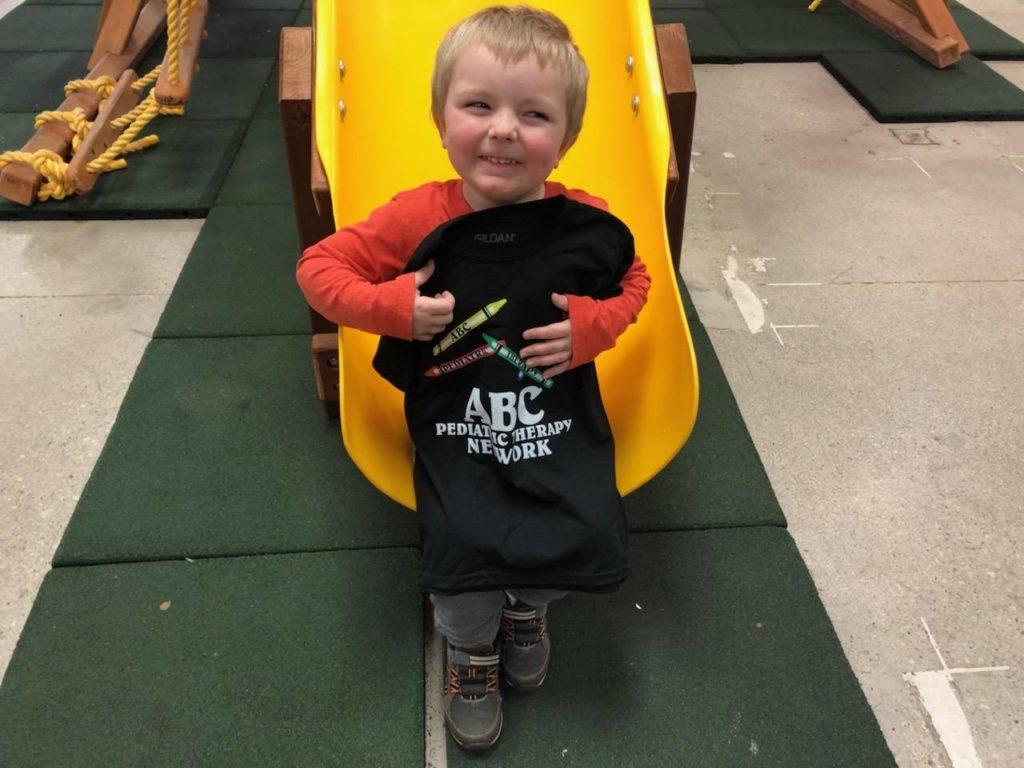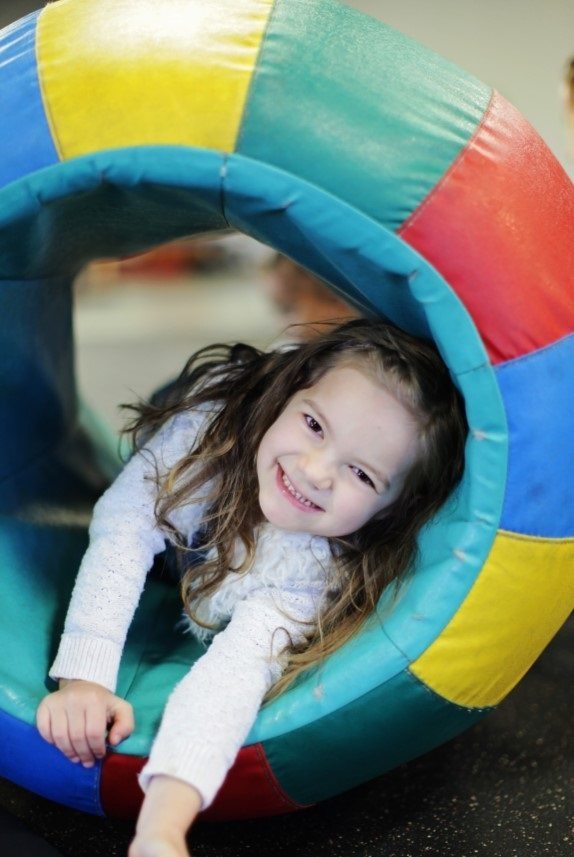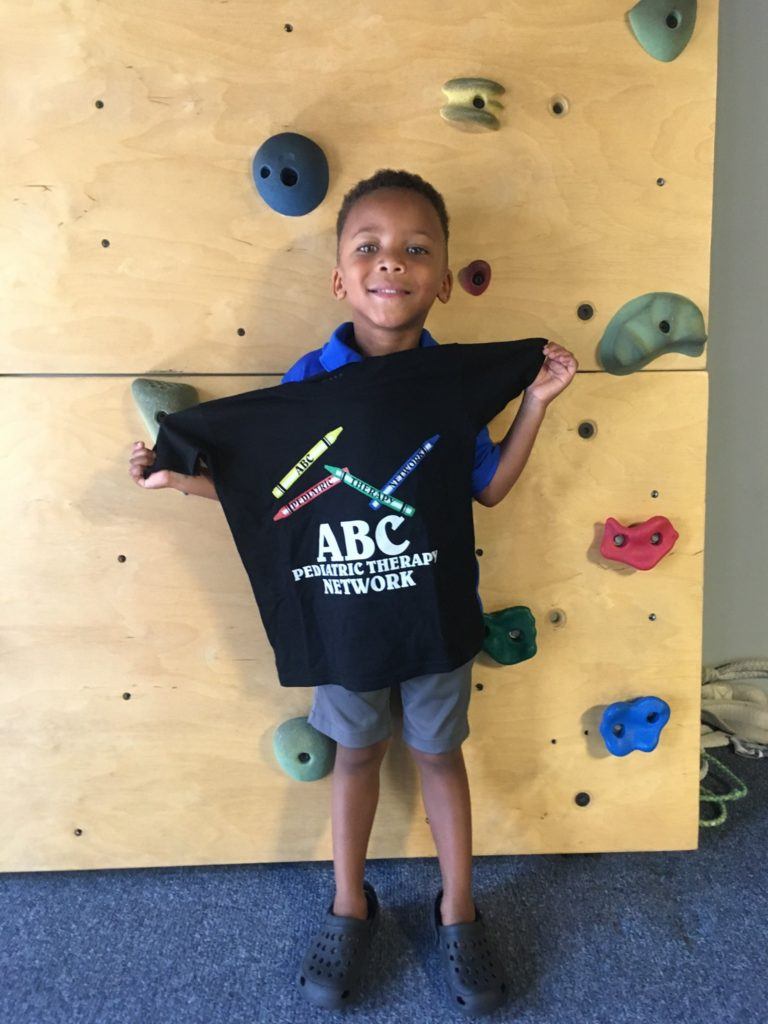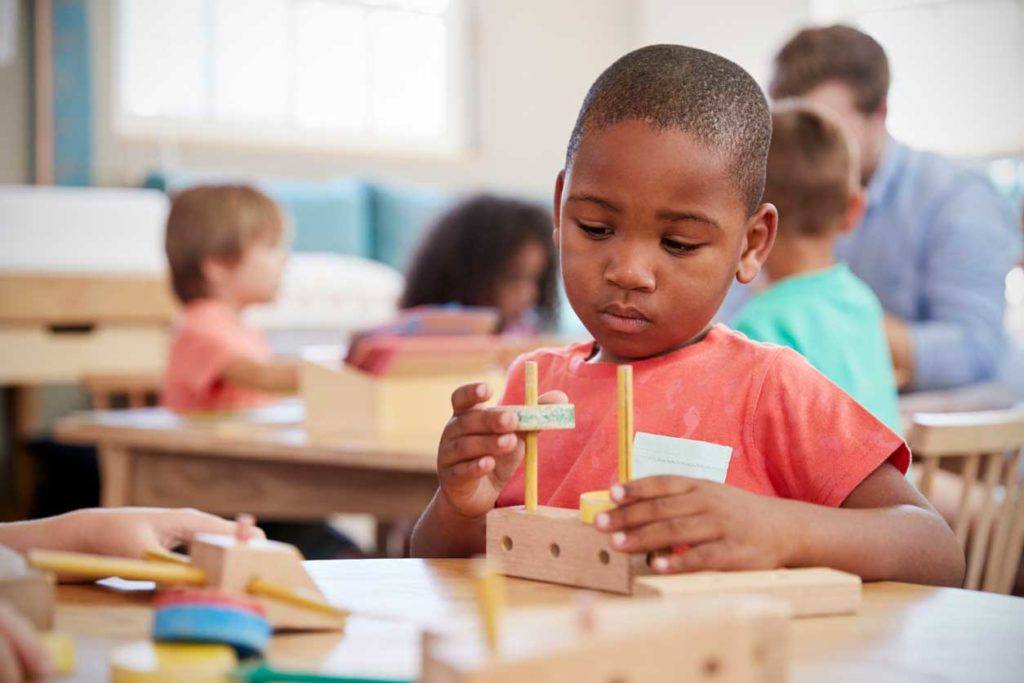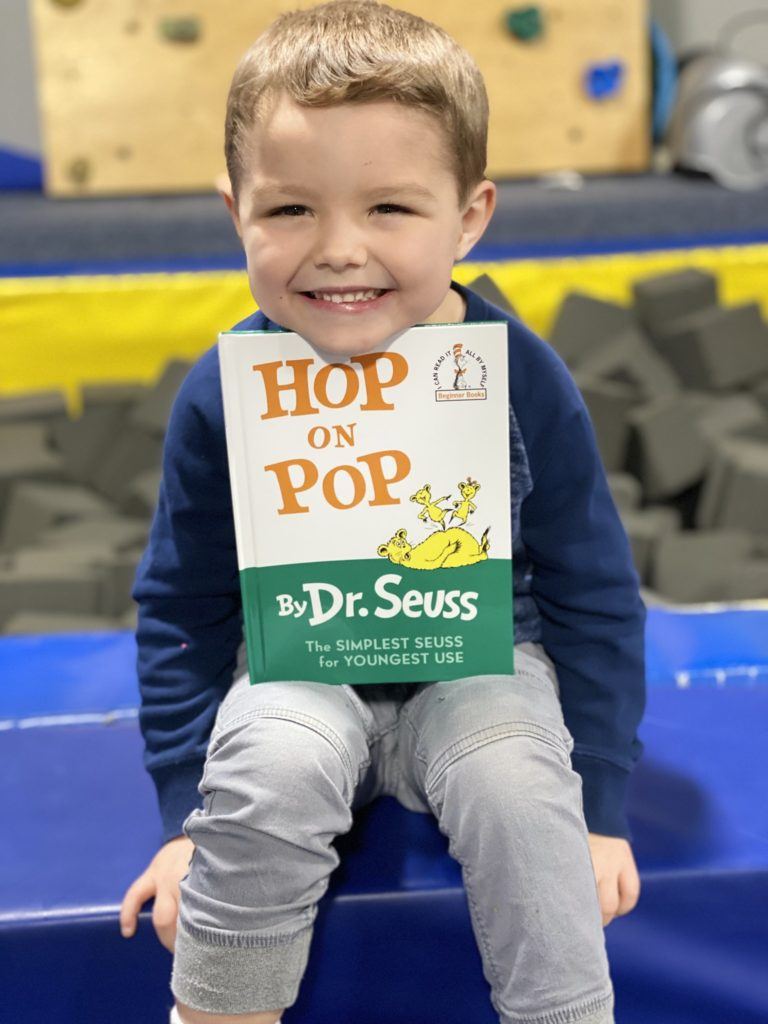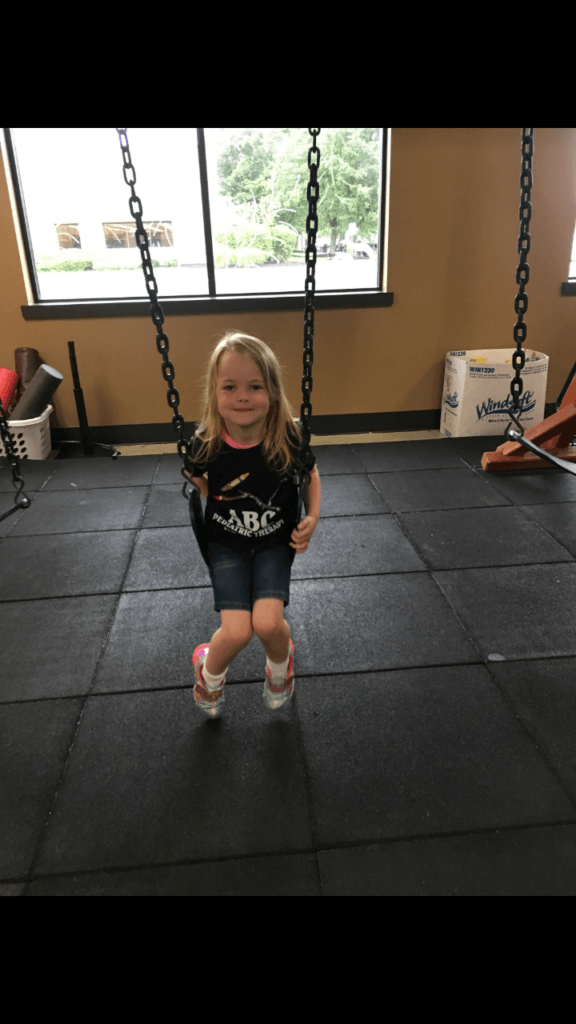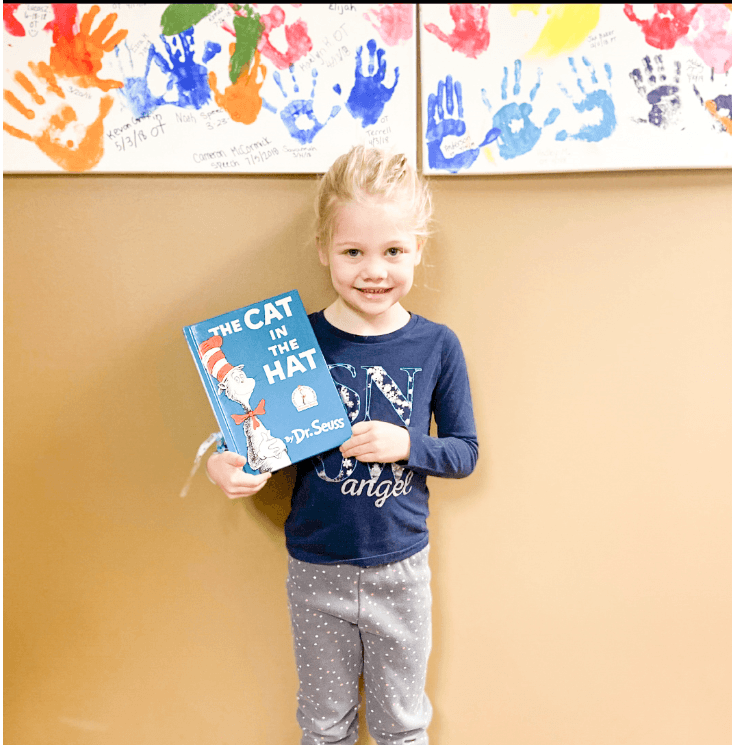Your Child’s Fourth Year
Development during your child's fourth year is critical in future success. And while every child learns movements at an individual rate, developmental delays may cause concern and hardship. Use our guide below to see what milestones your child should be reaching at every age during the fourth year. Milestones listed at each stage carry on through each subsequent phase of development (i.e. skills at 3.5 years should be present at 4 years).
Preschooler Milestones – 3 to 3.5 Years
- Walk upstairs without a rail alternating feet
- Ride a tricycle
- Climb up a rock wall independently
- Run 45 feet in 6 seconds
- Jump forward 26 inches
- Throw ball overhand with coordination
- Throw ball underhand to hit a target from 5 feet
- Build a tower of 9-10 small blocks
- Make continuous cuts with child-safe scissors
- Copy a horizontal line
- Copy a circle
- Imitate making a 3-block bridge
- Can complete in-hand manipulation with stabilization
- Use fingers to show age
- Make a fist and wiggle thumb
- Roll clay or play dough on table to make ropes
- Trace around the edges of basic shape templates
- Lace 3 holes or more on a lace board
- Cut a piece of paper in half with scissors on a more or less straight line
- Copy a vertical-horizontal cross
- Dries hands
- Brushing teeth with assistance from an adult
Tip: Give your child simple choices, such as what to wear or what snack to eat
- Can be understood by all listeners 75% of the time
- Converse in 3-4 word sentences
- Follow simple 3-step related commands
- Ask one-word “why” questions
- Use “what,” “where,” “when,” “how,” and “whose,” when asking questions
- Respond to “wh-“ questions (who, what, when, where, why)
- Use regular plural –s (example: socks, shoes)
- Use possessive –s (example: baby’s bottle)
- Can complete spoon/fork to mouth with no spillage
- Fork held fisted
- Chew and swallow majority of adult foods
- Drink from an open cup without spilling
- Able to calm self to sleep at night
- Expresses emotions
- Tolerates different clothing textures
- Copes in a noisy environment
Interesting fact: Did you know that it is recommended for your child to get 10-13 hours of sleep per day (including naps) at this age?
- Complete an easy puzzle
- Sort objects
- Counting 1-5
- Understands common dangers, such as hot surface, stairs, etc
- Cooperative play: play by rules and in groups with increase in dramatic and imitative play
- Tricycle
- 3 wheeled scooter
- Play dough
- Toys that encourage imaginative play such as baby doll, cars, toy kitchen
- Building blocks
- Simple puzzles
- Sorting cups
- Matching games
- Toys with various textures, such as kinetic sand, slime, etc
Preschooler Milestones – 3.5 to 4 Years
- Stand on one foot with hands on hips for 5 seconds
- Walk 4 feet on a line with hands on hips
- Run with appropriate form
- Walk 8 feet on a line with hands on hips
- Catch a large ball with hands only from 5 feet
- Climb down rock wall independently
- Stand on tiptoes with arms overhead for 3 seconds
- Walk downstairs without a rail using an alternating pattern
- Hop forward 6 inches on 1 foot
- Throw ball overhand to hit target from 5 feet
- Run and stop within 2 steps
- Walk backwards on a line 4 feet with hands on hips
- Jump forward 30 inches
- Hop 3-5 times on each foot
- Throw ball underhand 10 feet while stepping
Tip: Talk through solutions to a problem with your child to help them develop their problem solving skills
- Imitate drawing an oblique cross
- Build a tower of more than 9 blocks without help
- Button and unbutton large buttons
- Cut on a line within ½ inch
- Fork held in standard position
- Button and unbutton quarter-inch buttons
- Make a flat, round cake by pressing and patting dough on table with fingers
- Put 3 things in order, such as hard to soft or full to empty
- Trace and stay on a 3-inch, pencil-thick, horizontal line most of the time
- Begin to copy some vertical/horizontal letters
- Put shoes on completely, on correct feet
- Brush teeth with horizontal and vertical motions
- Take off tops and bottoms
- Put on t-shirts or sweaters with a bit of help
- Put on pants, but need help doing them up
- Do up large buttons and pull up zipper once it is started
- Wash herself in the tub with supervision (except washing hair)
- Wash his hands and face at the sink by himself
- Help with brushing hair
- Wipe her own nose
- Consistently use 4-5 word sentences, with correct sentence structure
- Can be understood by all listeners 80% of the time
- Verbally relate a personal experience/story
- Ask many questions including “who?” and “why?”
- Use regular and irregular past tense verbs consistently and regular 3rd person (He sits)
- Use most pronouns (our, theirs, hers, myself)
- Has 1500+ words in vocabulary
- Use contractions (can’t, don’t, I’ve)
- Identify colors
- Begin to use complex sentences (+ prepositional phrase)
- Use most speech sounds correctly (exceptions: th, r, r-blends)
- Follow 2-step related directions without cues
Tip: Talk to your child in full sentences to help improve their use of longer and more complex sentences
- Serve self with a large spoon or fork from a jar
- Able to chew all textures
- Able to calm self to sleep at night
- Expresses emotions
- Tolerates different clothing textures
- Copes in a noisy environment
- Be able to sort and match objects
- Organize objects by size
- Identify parts of a whole, such as a wheel on a car
- Draw a simple picture and tell you what it is
- Tell you their full name and age
- Have a basic understanding of time, such as knowing the difference between past and present
Tip: Allow your child to begin helping with simple chores around the house
- Share toys, taking turns with help
- Might be bossy and defiant
- Show more independence
- Experience a broad range of emotions (ie: jealousy, excitement, fear, happiness, anger)
- Become less egocentric
- Be more even-tempered and cooperative with parents
- May show attachment to one friend
- Tricycle
- 3 wheeled scooter
- Play dough
- Toys that encourage imaginative play such as baby doll, cars, toy kitchen
- Building blocks
- Simple puzzles
- Sorting cups
- Matching games
- Toys with various textures, such as kinetic sand, slime, etc
Red Flags for Development in the Fourth Year
- Walks on toes all the time
- Persistent pain or fatigue
- Skills are regressing
- Not able to cut across a piece of paper with scissors
- Cannot copy a cross or draw a circle
- Cannot use a fork and spoon well
- Not able to put on own pants, socks or shoes
- Sentences are not growing in length or complexity
- Poor sorting or matching skills
- Difficulty asking and answering questions
- Not easily understood by family members or familiar people
- Regular coughing or choking during eating
- Lots of leakage of food or liquid from the mouth
- Holding food inside pockets in mouth for long periods
- Difficulty accepting new textures of food
- Not able to complete a simple 4-6 piece puzzle
- Not able to recognize at least 3 colors or shapes
- Not able to initiate or join in play with other children
- Is extremely rigid with routines and becomes upset if there is a change in routine
- Extreme difficulty separating from parent or caregiver
- Has extreme fears that interfere with daily activities
Developmental Checklist
Is your child meeting their developmental milestones?
Through steady improvement, your child can attain a boost of confidence.
Help your child find new levels of independence with pediatric therapy in Cincinnati and Dayton, OH.
 Skip to content
Skip to content
